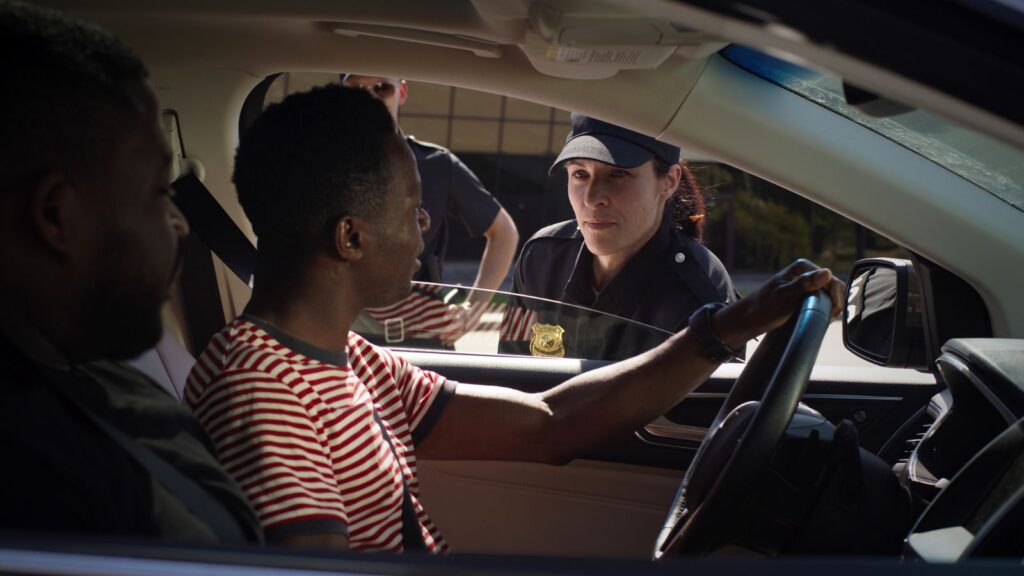Racism isn’t always blatant or overt; sometimes, it sneaks into our interactions in more subtle, insidious ways that can be harder to spot. Understanding these subtle behaviours is crucial for a more inclusive society. We’ve listed 21 common behaviours to help you better recognise subtle racism.
Microaggressions

NPR defines microaggressions as “thinly veiled, everyday instances of racism, homophobia, sexism (and more),” and these comments or actions can demean someone based on their race. These can include backhanded compliments or seemingly innocent questions like “Where are you really from?”
Stereotyping

Assuming that all members of a particular racial group share the same characteristics, behaviours, or preferences is a subtle form of racism. Statements like “All Asians are good at maths” or “Black people are natural athletes” reduce individuals to generalised traits.
Tokenism

Tokenism occurs when people from minority racial groups are included in a group or organisation solely to give the appearance of racial diversity. This can manifest as hiring or featuring a person of colour in marketing materials without giving them meaningful roles or opportunities to contribute.
Cultural Appropriation

Adopting elements of a marginalised culture without understanding or respecting their significance is known as cultural appropriation, and happens often. This can include wearing traditional clothing as a fashion statement, mimicking accents, or using cultural symbols as decorations—all of which can be disrespectful.
Colourblindness

While it might seem positive to say, “I don’t see colour,” this attitude can be harmful because it ignores the real and lived experiences of people of colour. Acknowledging race and the challenges associated with it is better, as it’s essential for understanding.
Implicit Bias

Implicit biases are unconscious attitudes or stereotypes that influence our understanding, actions, and decisions. These biases can lead to discriminatory behaviours, even if the person is unaware they hold such views. It’s important to be aware of these biases and actively work to counteract them.
Racial Profiling
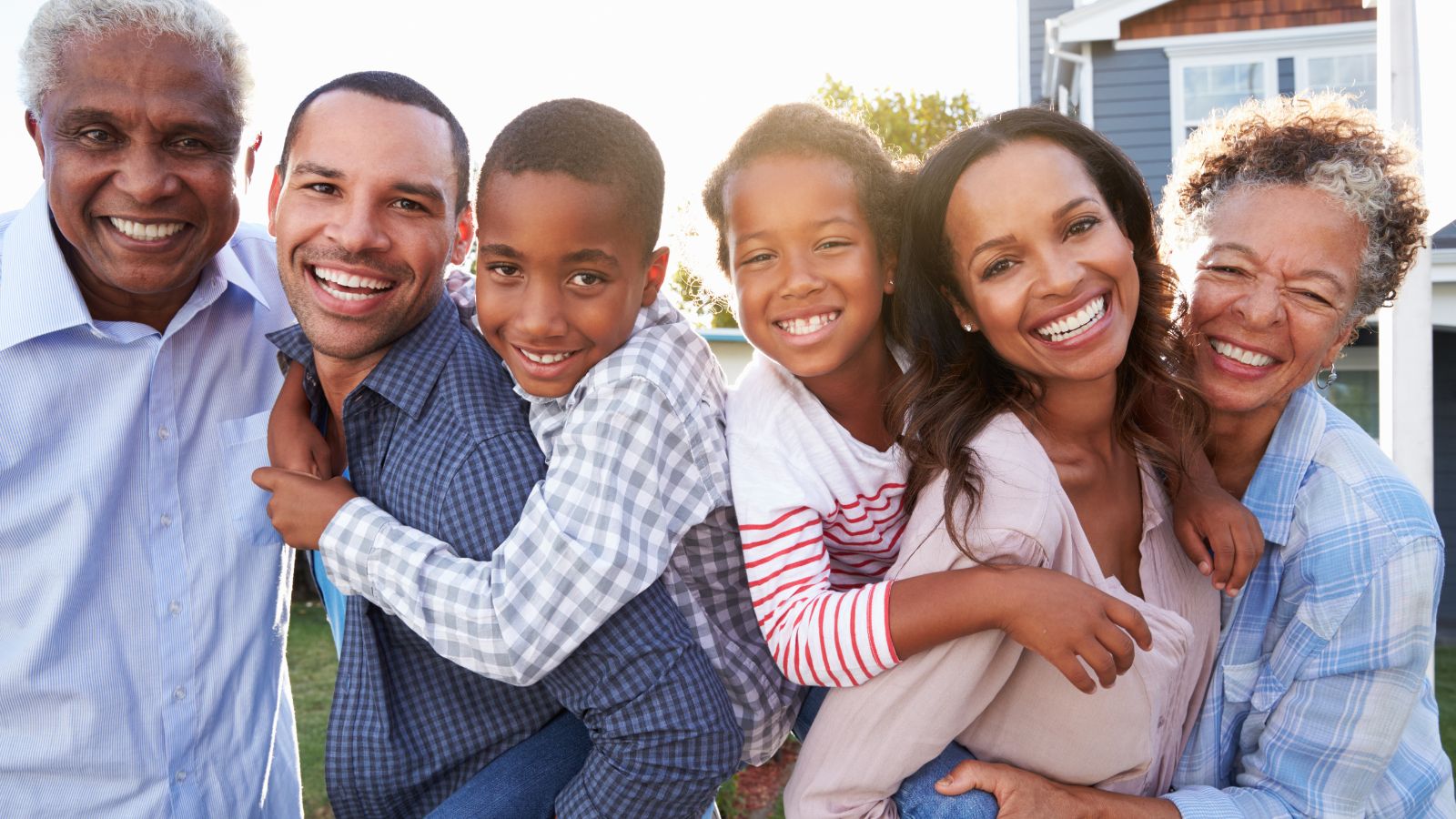
If you’re judging someone based on their race and making assumptions about their traits, intentions, or worthiness, this is racial profiling. This often occurs in law enforcement but can also happen in everyday situations, like when someone follows a person of colour around a store, assuming they might steal.
Exclusionary Humour
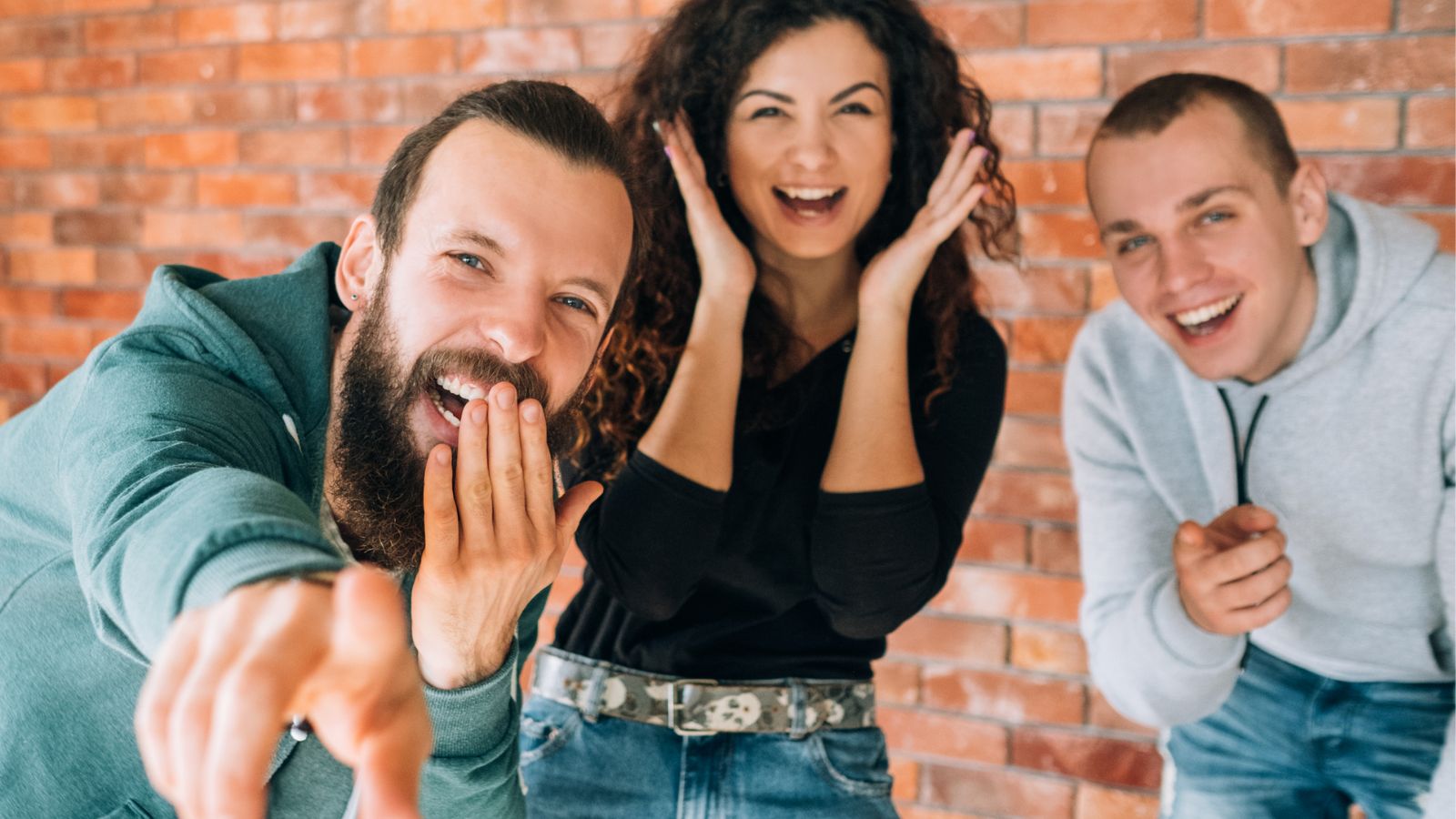
Jokes or comments that rely on racial stereotypes or mock a racial group, even if said in jest, contribute to a culture of racism, too. These jokes can reinforce harmful stereotypes and make people from targeted groups feel unwelcome or unsafe.
Conditional Acceptance

When accepting someone only if they conform to certain stereotypes or behave in ways that are deemed ‘acceptable’ by the dominant culture, a person is also showing a subtle form of racism. For example, praising a Black person for being ‘articulate’ implies that this is unexpected or unusual.
Mispronouncing Names

Consistently mispronouncing or refusing to learn the correct pronunciation of someone’s name can be a subtle form of disrespect. It signals that their identity is not important enough to be acknowledged properly and shows that you don’t want to make the effort to learn it.
Assuming Incompetence

If you automatically doubt the abilities or qualifications of someone based on their race, this can be a less obvious indicator of racism. This can happen in professional settings where people of colour are underestimated or not given the same opportunities to prove their skills.
Exoticising
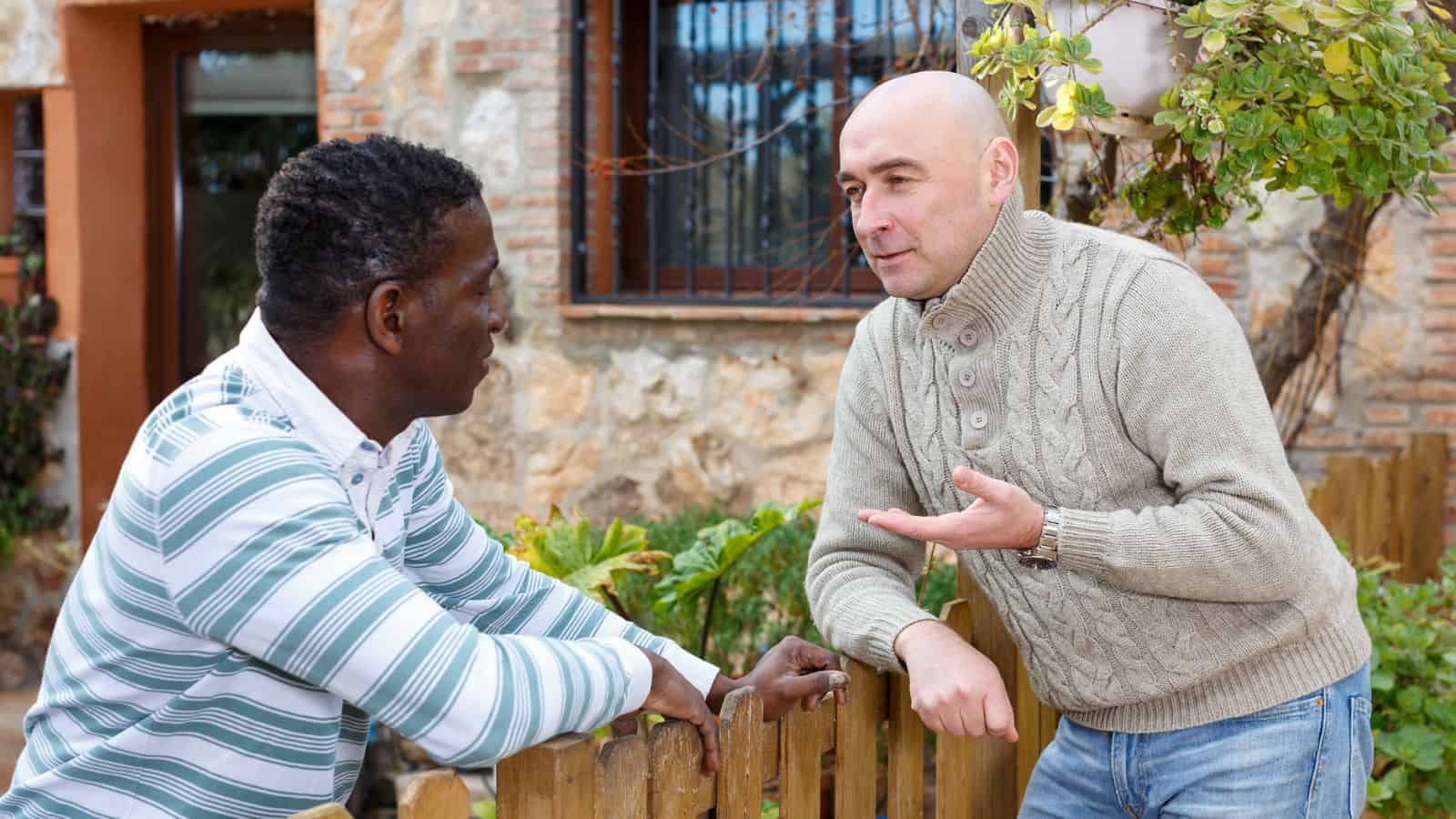
Exoticising someone based on their race means treating them as an intriguing novelty rather than as a regular person like everybody else. It can be shown through comments like “You’re so exotic!” or focusing on their physical features in a way that emphasises their difference, and can be dehumanising.
Using Racial Slurs Casually

Even if not directed at someone, using racial slurs or derogatory terms in casual conversation perpetuates a culture of racism, whether a coloured person is around to hear it or not. It normalises these harmful words and contributes to an environment where racism is accepted.
Ignoring Intersectionality
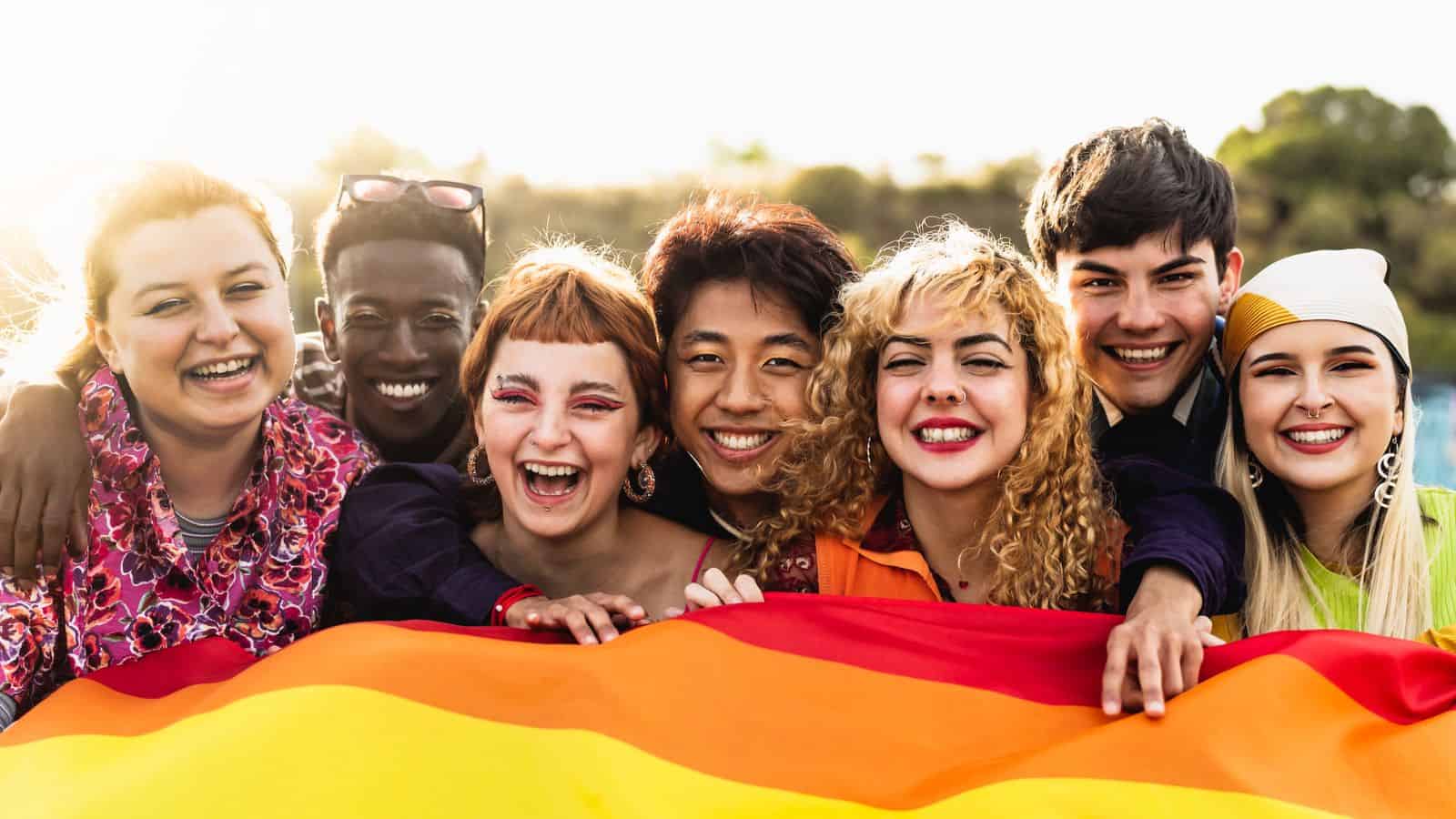
Failing to recognise that people experience racism differently depending on their other identities, such as gender, sexuality, or class, is a less obvious manifestation of racism, too. Intersectionality acknowledges that multiple factors influence how a person might experience discrimination in their everyday life.
Minimising Experiences of Racism
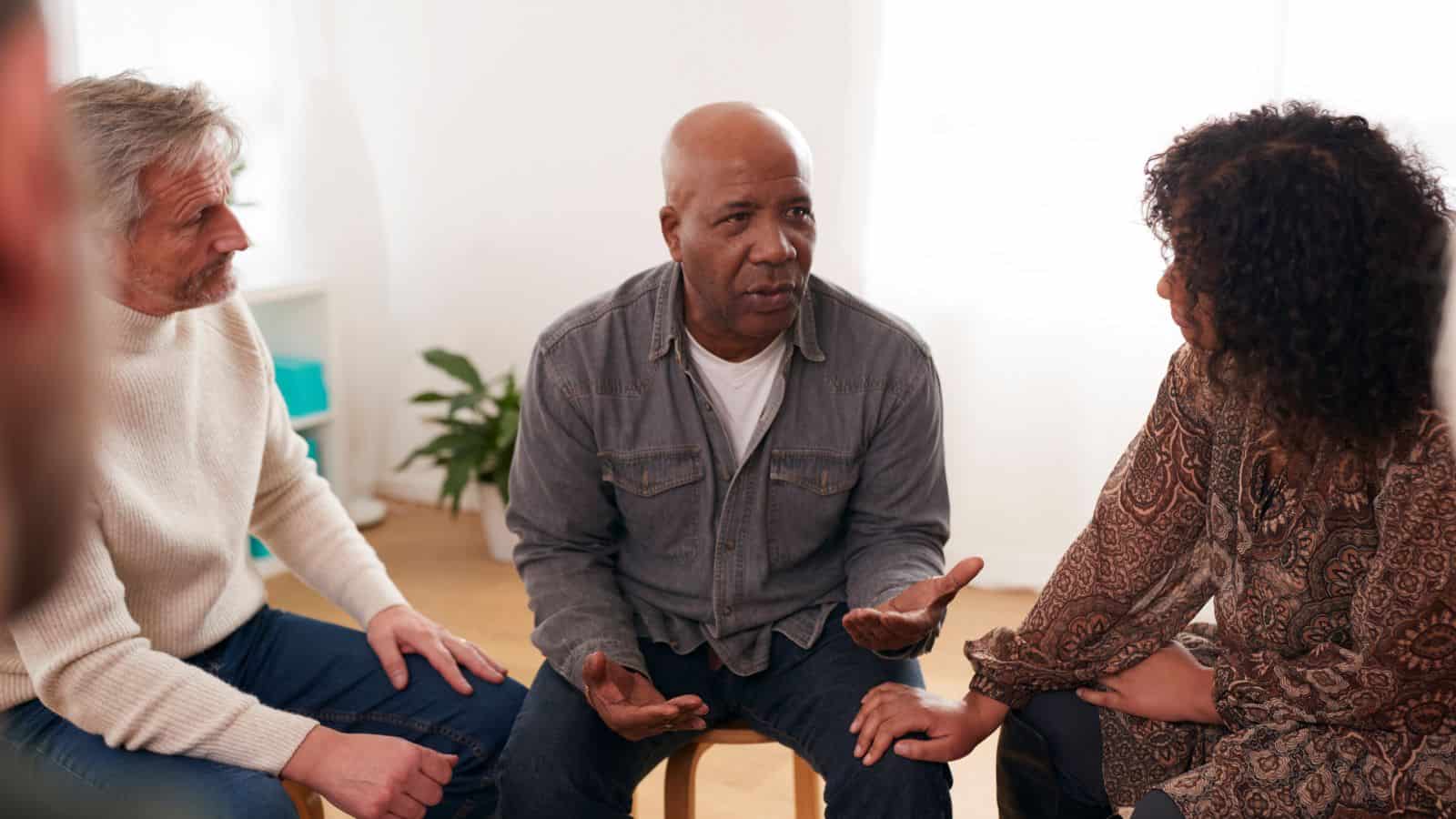
Dismissing or downplaying someone’s experiences of racism by saying things like “It’s not that bad” or “You’re being too sensitive” invalidates their feelings and experiences, even if you’ve never said anything outright racist yourself. Thinking this way can discourage people from speaking up about the discrimination they face.
Misusing “Reverse Racism”

If you claim ‘reverse racism’ when people of colour call out discriminatory practices or seek equality, then this ignores the systemic nature of racism. True racism involves power dynamics that disadvantage marginalised groups, not just all individual acts of prejudice.
Segregated Friendships

Only forming friendships or relationships within one’s racial group can be a subtle form of racism. Sometimes, it can be unavoidable if you’re never exposed to other cultures, but actively showing reluctance to engage with people from different backgrounds can encourage social segregation.
Cultural Insensitivity
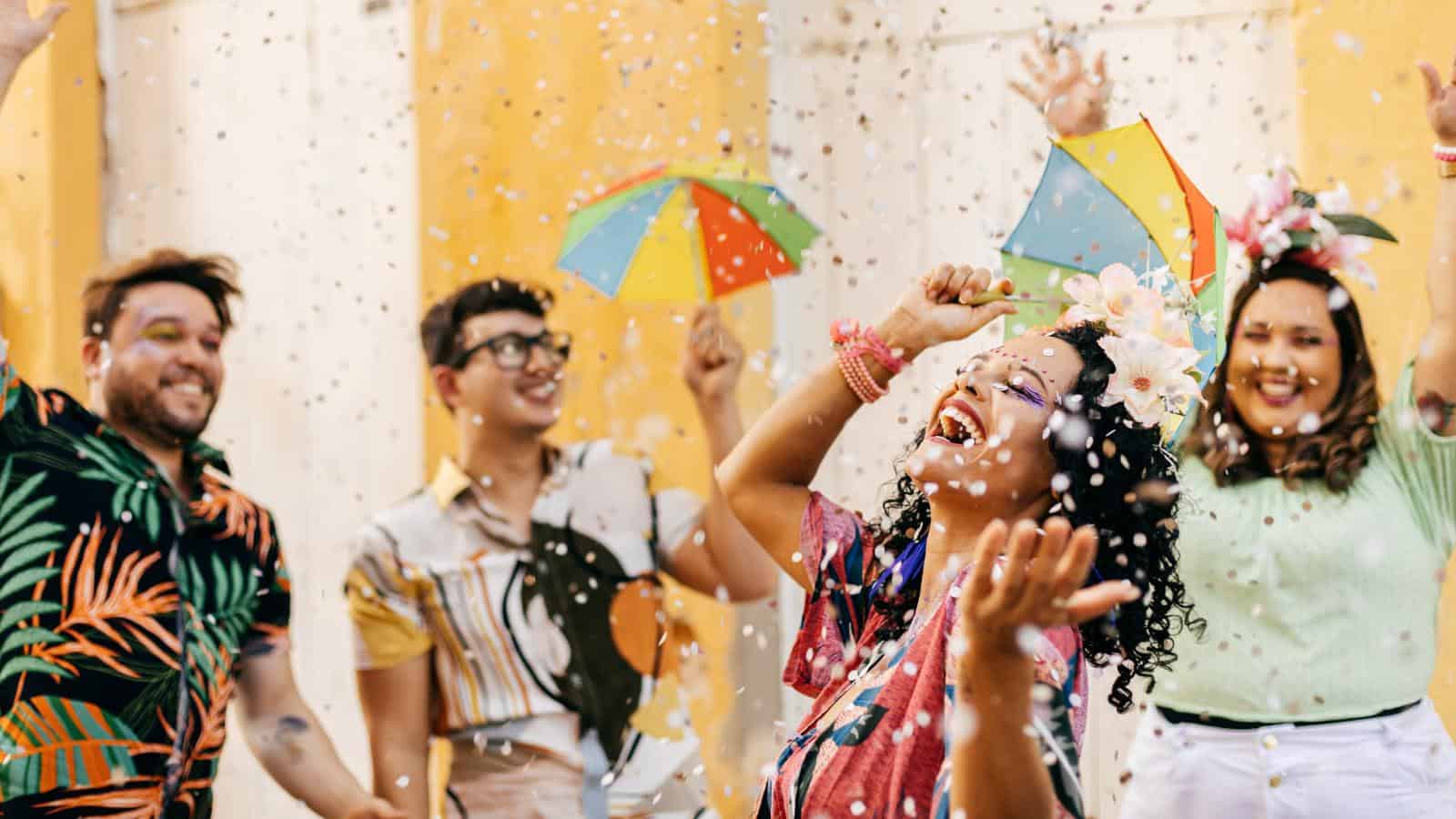
Any person who fails to educate themselves about the cultural practices and norms of others, especially in multicultural settings, can end up being unintentionally disrespectful. This includes things like ignoring dietary restrictions, holidays, or customs that are important to others.
Appropriating AAVE
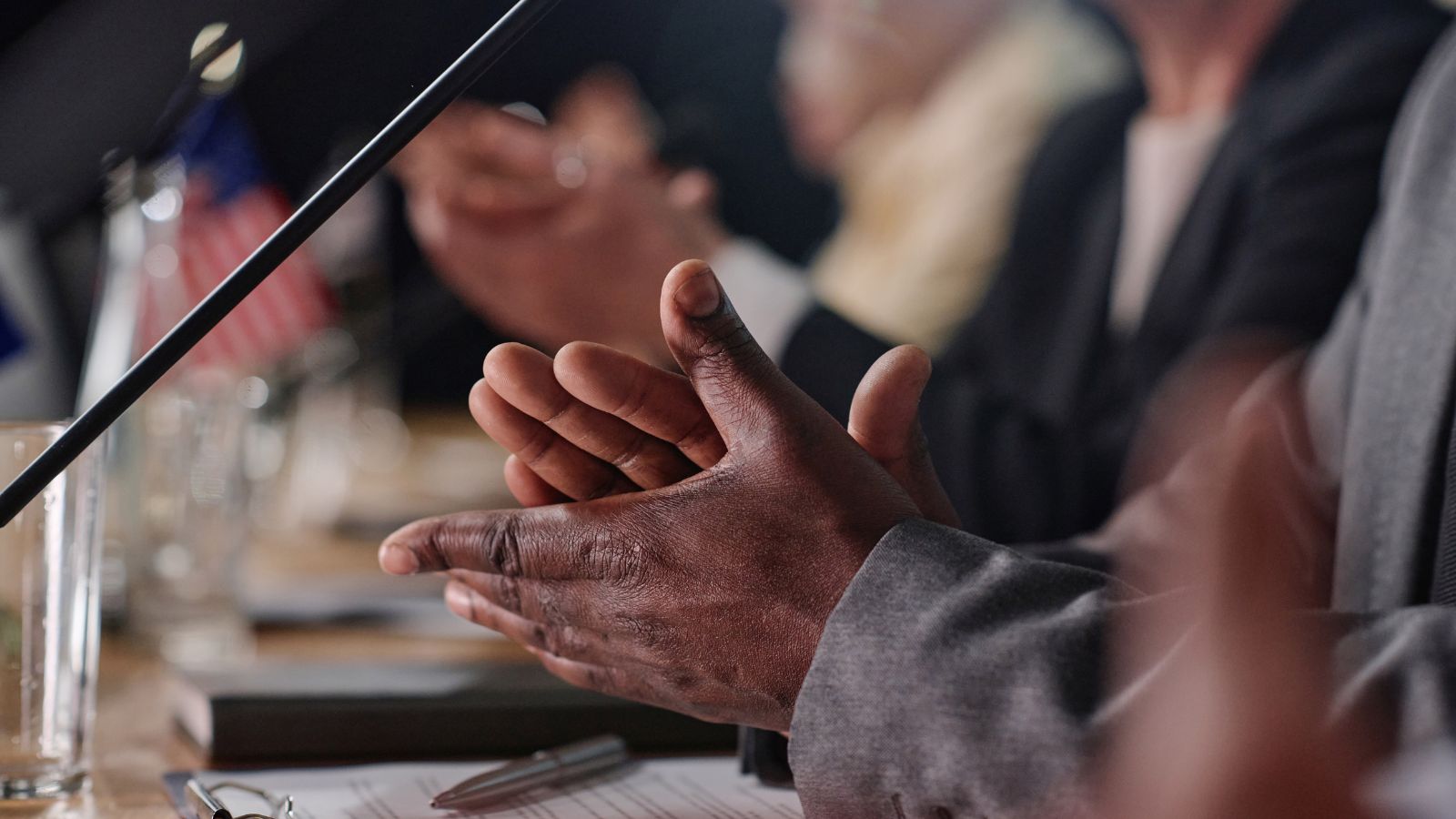
AAVE is African American Vernacular English (AAVE), and using it inappropriately or as a way to seem ‘cool’ can be offensive and a subtle sign of racist attitudes, too. AAVE has deep cultural and historical significance, and its misuse can come off as mockery.
Invisibility
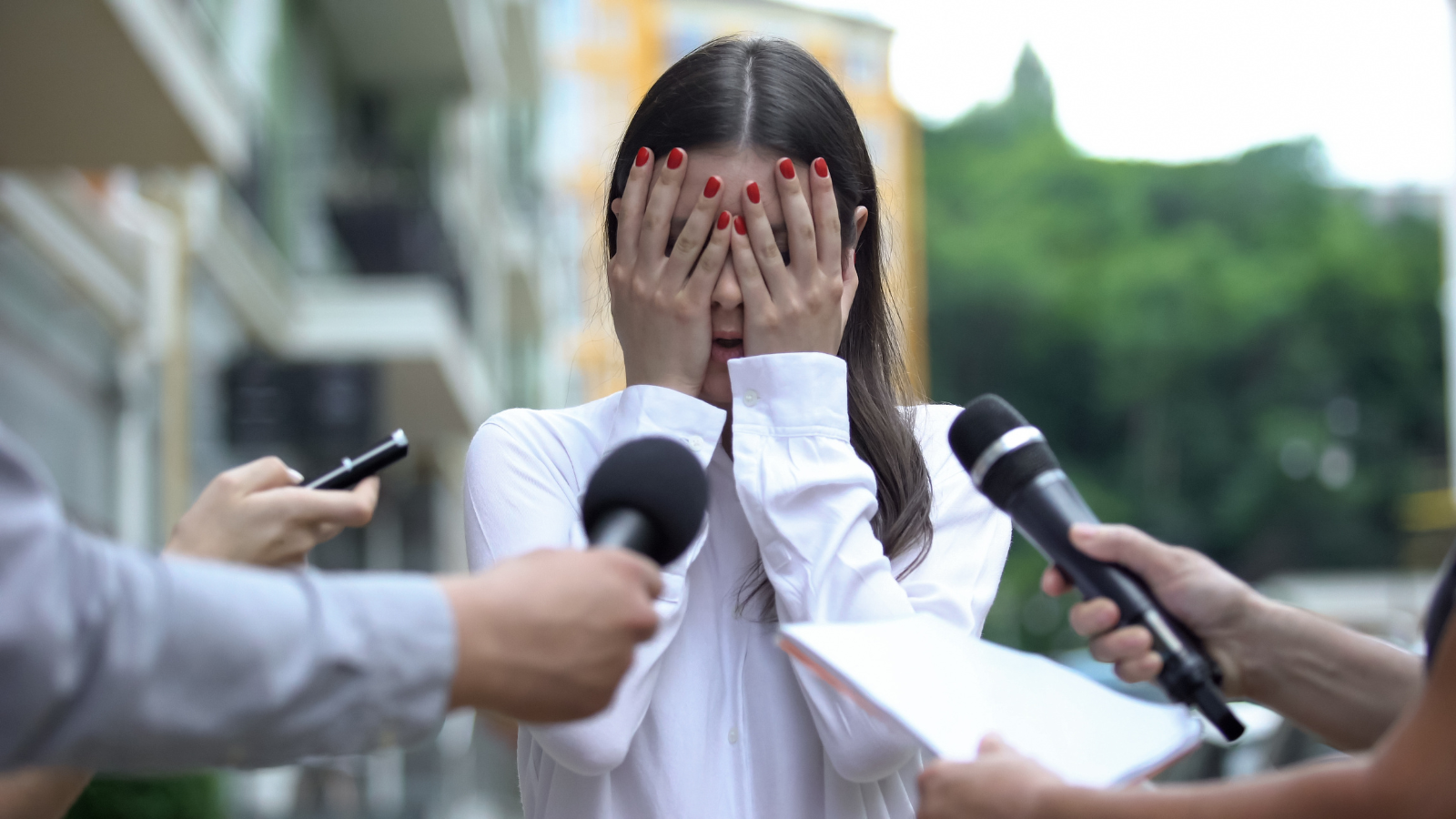
Not including people of colour in media, literature, or other cultural representations contributes to their invisibility. This lack of representation can reinforce the idea that people of colour are less important or don’t belong, and reinforces the idea that people of colour are never a first thought.
Performative Allyship
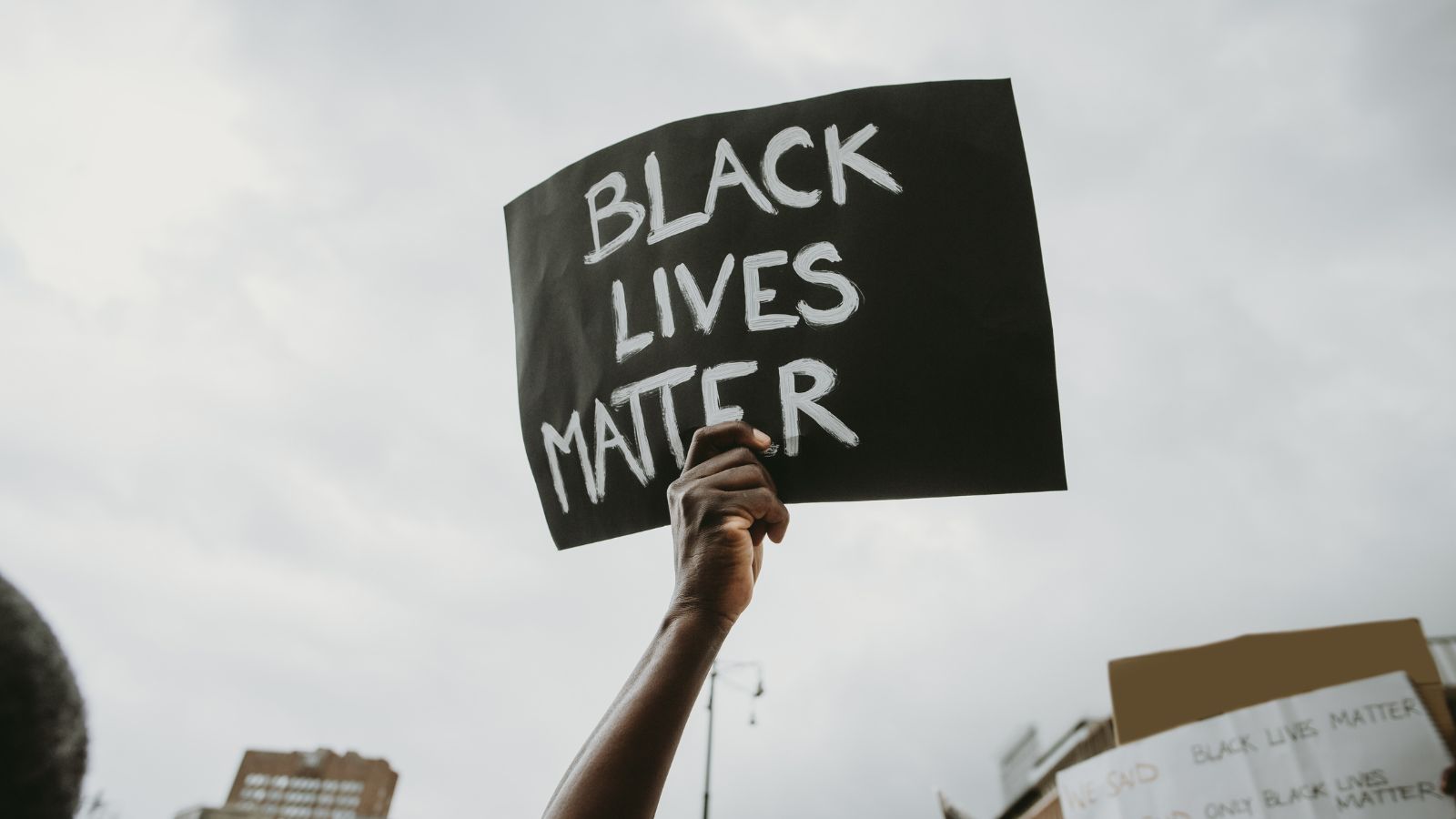
And finally, subtle racism can occur when showing support for racial equality is only done when it’s convenient or trendy, without committing to real change. This is performative allyship. True allyship involves ongoing, genuine efforts to understand and dismantle racism, not just symbolic gestures.

